A new genus and species of zhelestid mammal has been identified from the fossilized remains found in the Bayanshiree Formation in Mongolia’s Gobi Desert.
Life reconstruction of Ravjaa ishiii (foreground), depicted on the foot of the…
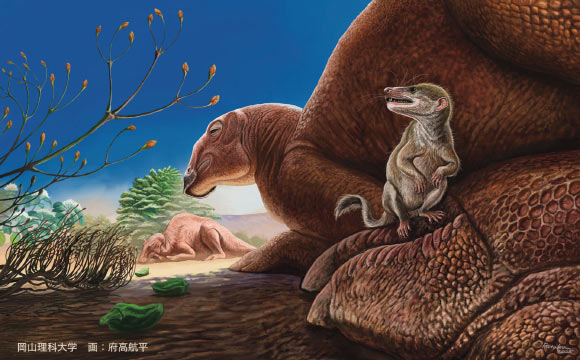
A new genus and species of zhelestid mammal has been identified from the fossilized remains found in the Bayanshiree Formation in Mongolia’s Gobi Desert.
Life reconstruction of Ravjaa ishiii (foreground), depicted on the foot of the…

A new study from McGill University is reshaping how scientists date dinosaur fossils in Alberta’s Dinosaur Provincial Park (DPP). Using advanced drone-assisted 3D mapping, researchers have uncovered significant variations in a key geological…

About 240 miles long, Utah’s Wasatch Fault stretches along the western edge of the Wasatch Mountains from southern Idaho to central Utah, running through Salt Lake City and the state’s other population centers. It’s a seismically active normal…

Growing communities and extensive agriculture throughout the Western United States rely on meltwater that spills out of snow-capped mountains every spring. The models for predicting the amount of this streamflow available each year have long…
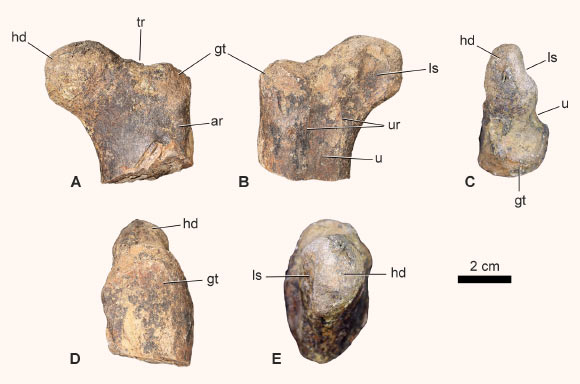
The new specimen represents the world’s oldest cerapodan ornithischian dinosaur, according to a team of paleontologists from Sidi Mohamed Ben Abdellah University, the University of Birmingham and the Natural History Museum, London.
The…

Two thousand years before the Inca empire dominated the Andes, a lesser-known society known as the Chavín Phenomenon shared common art, architecture, and materials throughout modern-day Peru. Through agricultural innovations, craft production,…
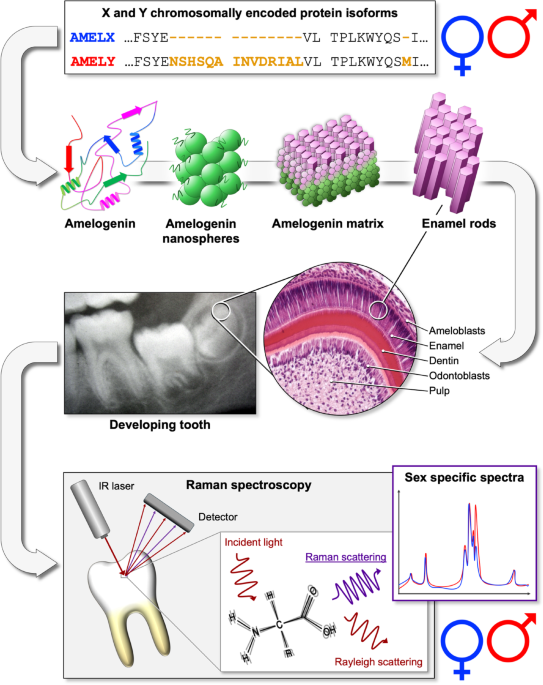
Stewart, N. A., Gerlach, R. F., Gowland, R. L., Gron, K. J. & Montgomery, J. Sex determination of human remains from peptides in tooth enamel. Proc. Natl. Acad. Sci. U. S. A. 114, 13649–13654 (2017).
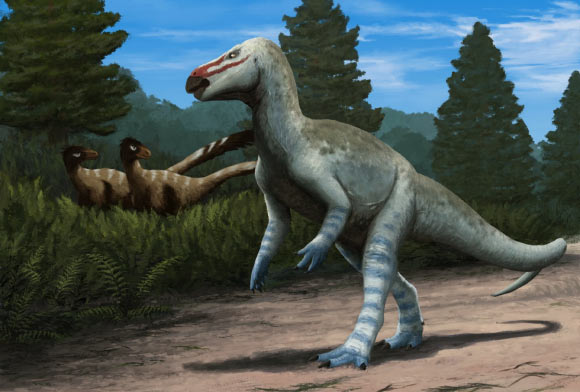
Named Obelignathus septimanicus, the new species inhabited the European Archipelago around 72 million years ago (Cretaceous period) and belonged to a family of iguanodontian ornithopod dinosaurs called Rhabdodontidae.
Life restoration of…

Late Jurassic and Early Cretaceous oceans are known for enormous and fierce predators like pliosaurids with 2-meter-long jaws, toothy thalattosuchia crocodyliforms, and fast, fish-like ichthyosaurians. Then, during the middle Cretaceous,…
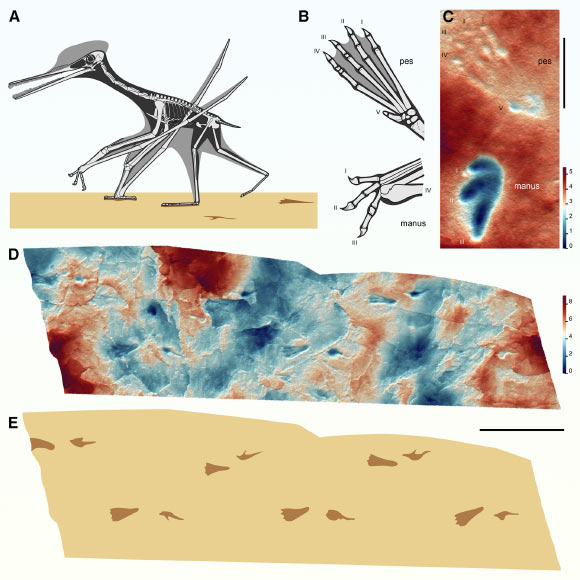
Pterosaurs are often imagined soaring over the heads of dinosaurs, but a new analysis of their fossilized footprints shows that some of these flying reptiles were just as comfortable walking on the ground.
Terrestrial locomotion and track…